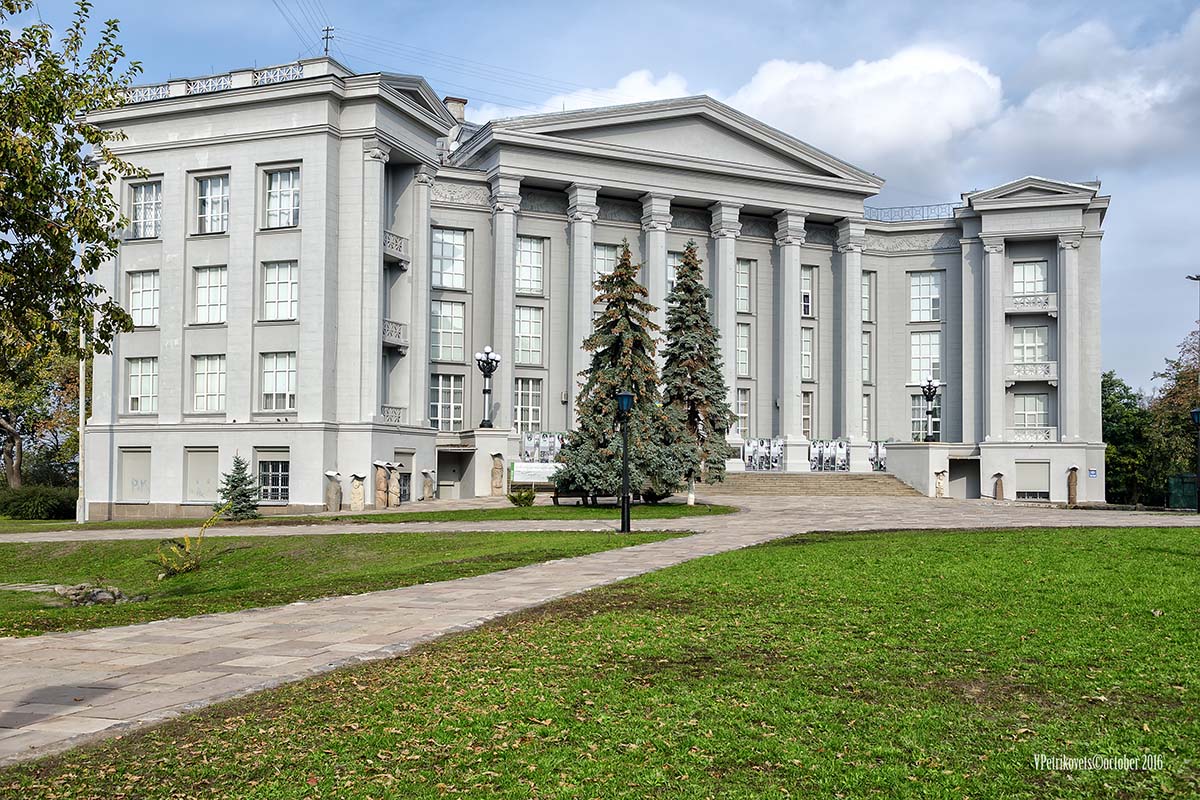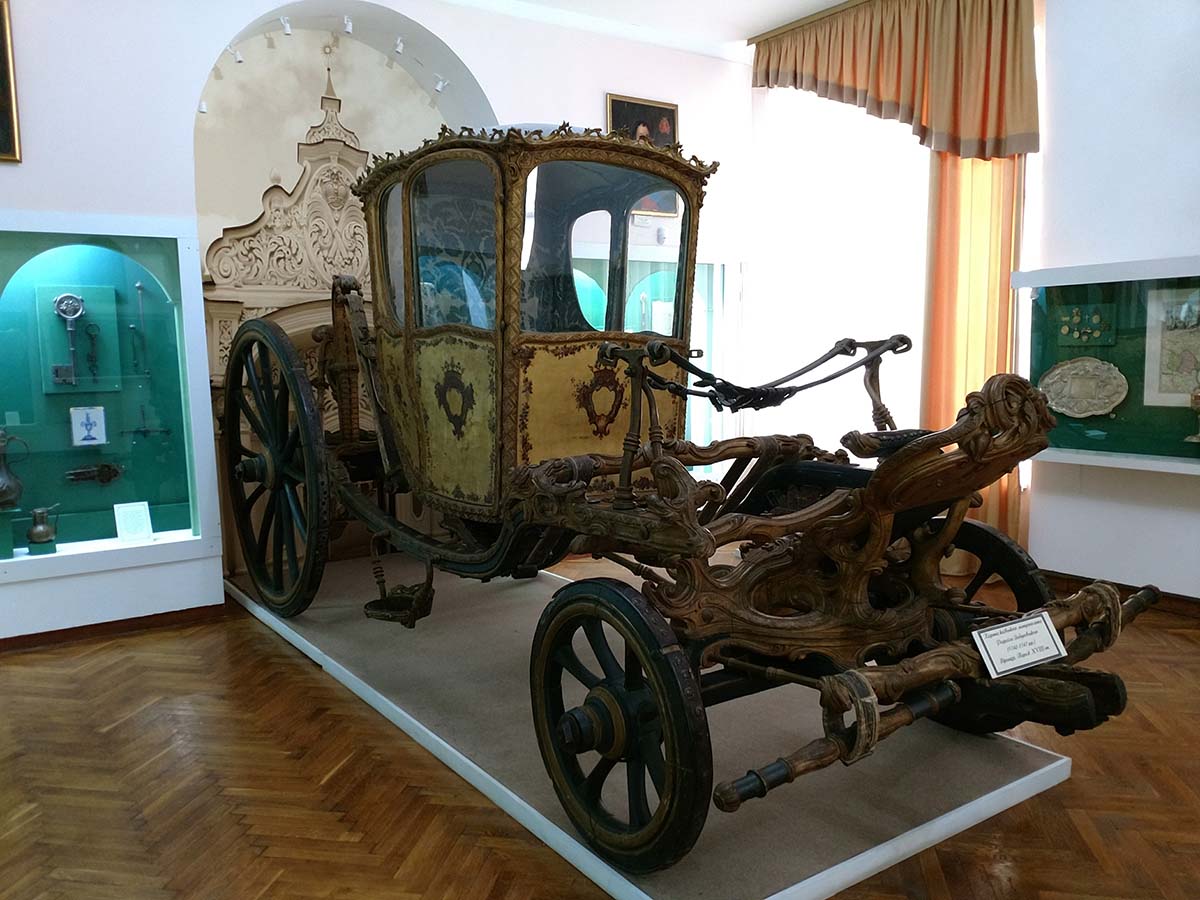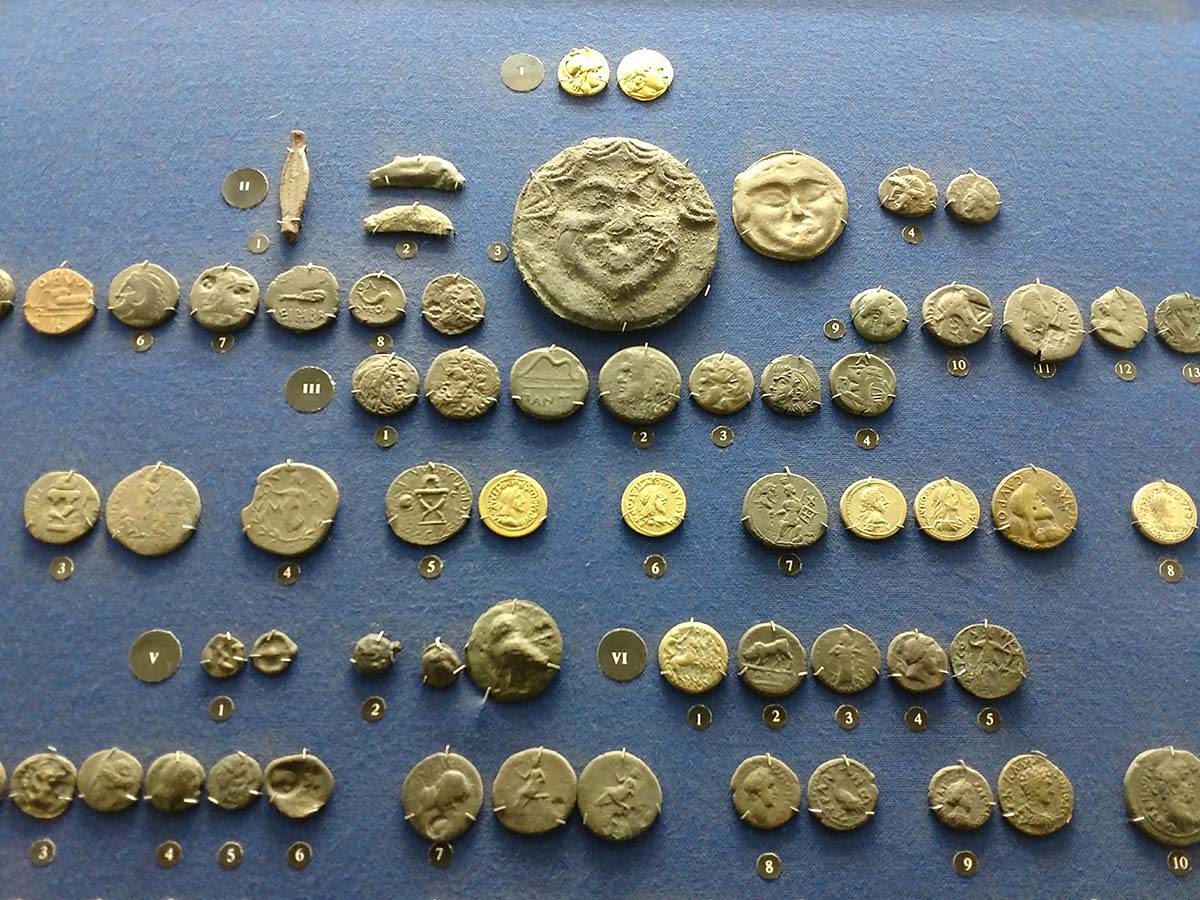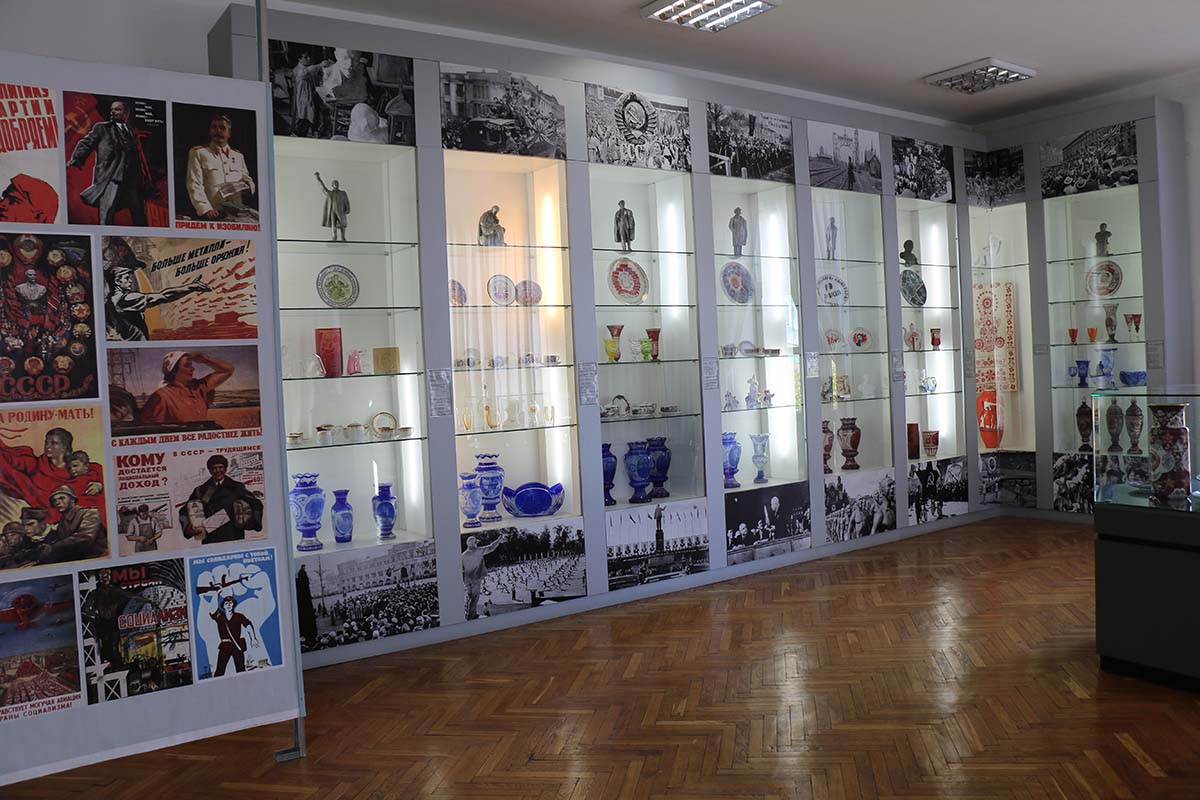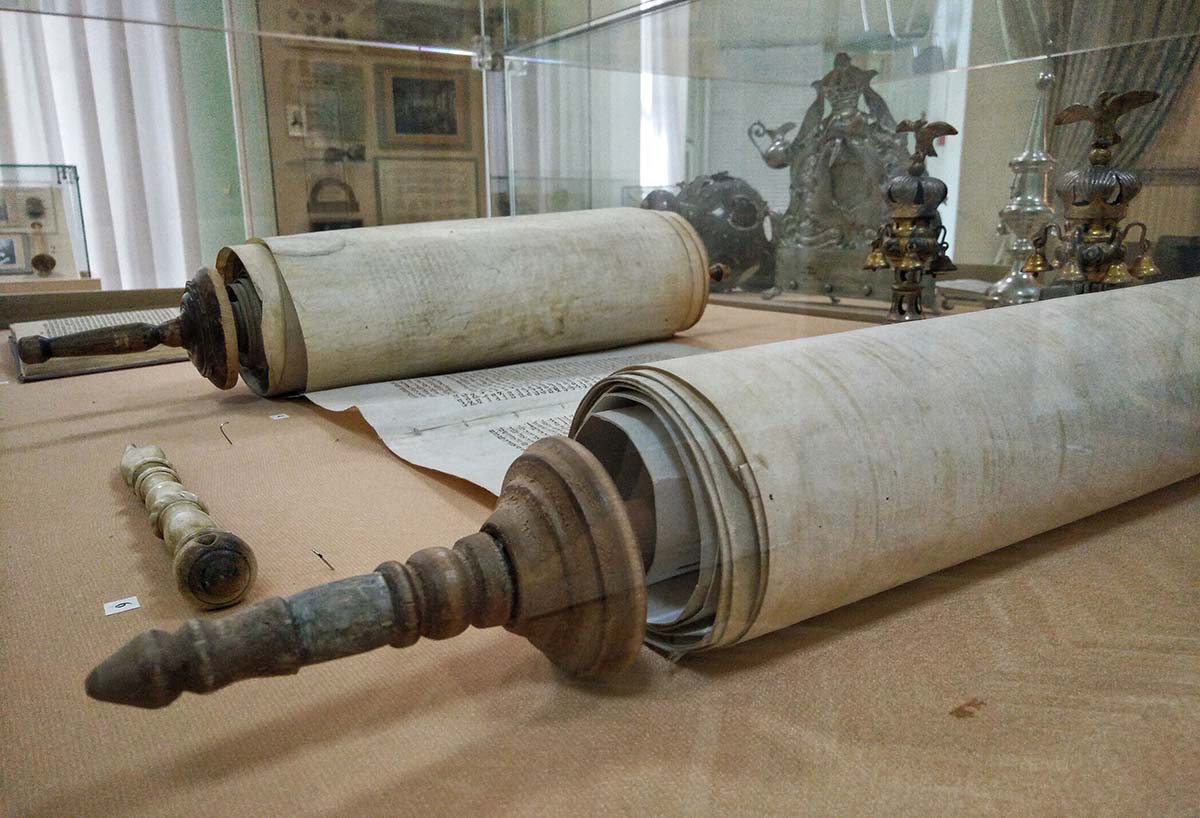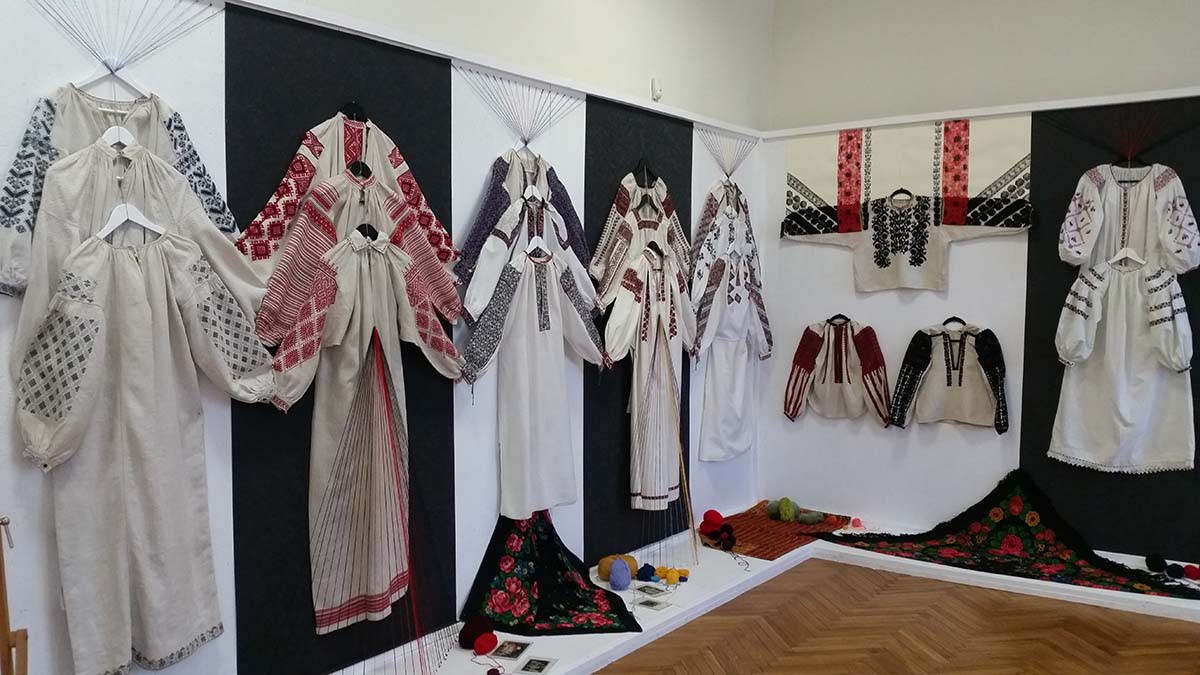The National Museum of the History of Ukraine began its work in August 1899. The official founding date of the museum is December 1904, when it was consecrated and officially opened to the public. Its founders were famous Ukrainian scientists: archaeologist, ethnographer and art critic academician Nikolai Belyashevsky (the first director of the museum), archaeologist Vikenty Khvoyka, ethnographer Danil Shcherbakovsky. The Museum of the History of Ukraine was supported by the families of patrons Tereshchenko and Khanenko. They financed archaeological expeditions and contributed to the formation of historical and ethnographic collections.
The first years of the museum’s formation were very difficult; there was not enough money to maintain it. But despite this, his funds were slowly but surely replenished. The main support was provided by the numerous founders of the museum: they financed archaeological expeditions and contributed to the formation of historical and ethnographic collections. The Museum of the History of Ukraine often received donations from private collections. Gradually the museum became all-Ukrainian. Already in 1909, the archaeological department consisted of 15,000 exhibits, the ethnographic department – about 13,000, the historical department – more than 600, the art and industrial department – about 400, the library – more than 1700. After the 1917 revolution, the museum’s funds were significantly replenished with valuable exhibits due to the nationalization of private collections.
During the Great Patriotic War, the most valuable and unique exhibits were evacuated to Ufa, but many collections were still taken away by the Nazi occupiers. They were returned only in 1947, but, unfortunately, not all of them. After the liberation of Kiev, the museum resumed its work in November 1943, and in May 1944 it was given the premises of an art school (which was built on the eve of the war and therefore was not used for its intended purpose) on Starokievskaya Hill, where it remains to this day. From the observation deck, which is located behind the museum, you can admire Podol, Castle Hill and Vozdvizhenka, and to the left of the museum is Landscape Alley, to the right – Andreevsky Spusk and St. Andrew’s Church. In front of the museum you can see the oldest linden tree in Kyiv, which is over 400 years old, and the remains of the foundation of the Tithe Church.
Today, in terms of the number and importance of collections, the National Museum of the History of Ukraine is one of the leading museums in the country. Its stock collections number more than 1,000,000 exhibits. These are archaeological and numismatic collections, ethnographic collections, collections of weapons, monuments of decorative and applied arts, manuscripts, early printed books, works of painting and graphics, relics of national democratic and social revolutions of the 20th century. A branch of the institution is the Museum of Historical Treasures of Ukraine, where unique materials from precious metals and precious stones are collected. Of particular value are masterpieces of the Scythian period, products of ancient Russian masters, works of Ukrainian jewelers of the 14th-20th centuries and a collection of Jewish cult silver of the 18th – early 20th centuries.
The museum’s exhibitions are exhibited far beyond Ukraine: in Canada, America, Germany, Italy, Austria, Finland, Hungary, Great Britain, France and other countries of the world. The museum was the first in Ukraine to switch to computer accounting of stock collections. He is a pioneer in the use of holography in museums. The National Museum of the History of Ukraine is a real treasury of valuable national historical, cultural and artistic relics of the people, a kind of calling card of independent Ukraine. The museum’s funds are constantly replenished through thematic acquisitions, purchases, gifts, transfers from law enforcement agencies and customs of Ukraine.
Where is the National Museum of the History of Ukraine?
Vladimirskaya street, 2
+38 044 278 48 64
10:00 – 18:00
last Friday of the month after 14:00 – sanitary day
last Monday of the month – admission is free
